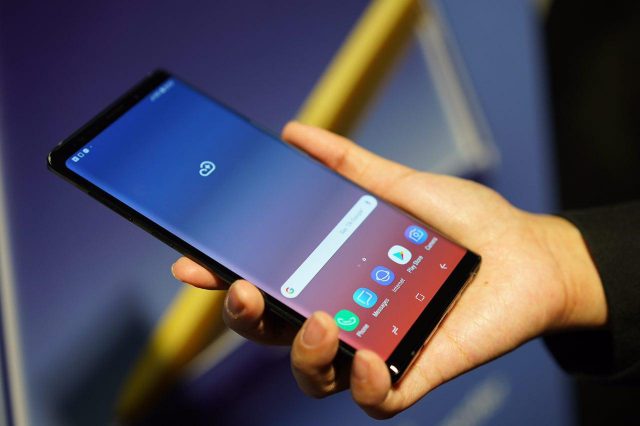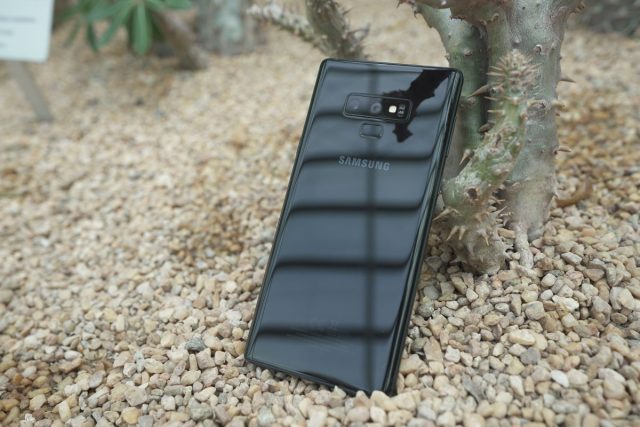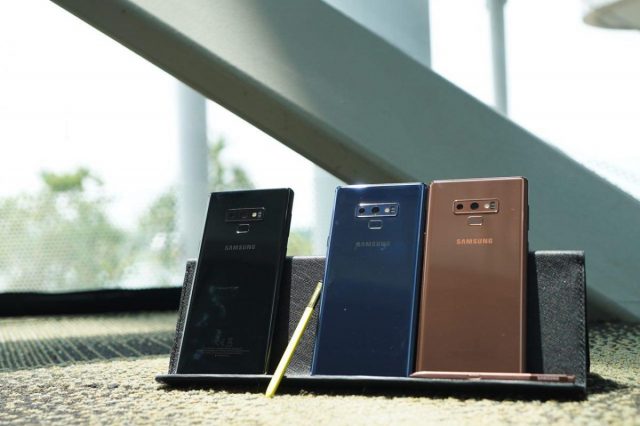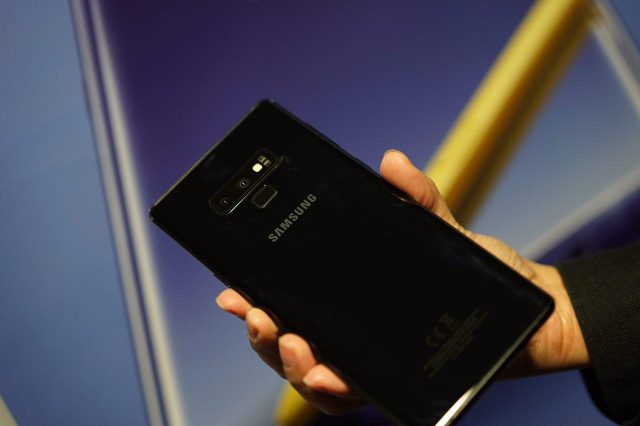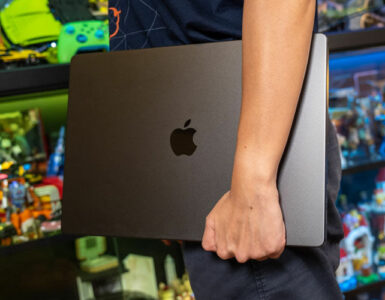The more things change, the more they stay the same, and nothing exemplifies it more than the Samsung Galaxy Note 9.
Seven years after it made its debut in 2011, when Samsung shocked the market with its oversized wonder, along with the S Pen that set the standard for a built-in stylus-like digital pen, the market has rushed to catch up. Apple, Huawei, Lenovo, and Sony are just some of the smartphone makers who have come up with larger devices that consumers have demanded, though it was Samsung who first recognised the potential market, and continues to lead the way.
After the recall of the Note 7, some predicted that Samsung would eventually do away with the Note series, but they failed to recognise that despite the fact that competitors had their phablet devices with large displays – heck, Samsung’s very own Galaxy S9+ is almost as big – the success of the Note series wasn’t with mere screen size, but with the S Pen stylus.
More than just a pen, the combination of the S Pen and large screen meant that users can easily pen notes on their phone simply by removing the S Pen and writing on the screen, without the need to fire up an app. Business executives could download documents and sign them in mere minutes, without fiddling with their computerand mouse, or mouse pad. In fact, they still don’t have to, as the Note series allows users to write on PDFs documents. Take that Microsoft.

Size and hardware wise, the Note 9 looks and acts like last year’s Note 8 and this year’s S9+, in terms of display and form factor. Sure, the Note 9 offers a bigger, QHD+ Super Amoled display than the Note 8 (by a whooping 0.01-inch), but if both were placed alongside each other, their differences would be barely noticeable. Internally? The default storage is 128GB, and there is a larger, 512GB version, both backed by a 4,000 mAh battery.
It is only when you flip the phone over that the rear shows the major change – and massive improvement from the Note 8. The rear biometric sensor on the Note 8 is right beside the flash, and off to one side of the device, making it hard to reach with one hand. This year’s S9 series tried to salvage it by moving the rear fingerprint sensor just under the lens, though its placement is still rather close to said lens.
This time around, the dual camera module is located horizontally in the rear, with the biometric sensor placed under it. Given the size of the phone, the biometric sensor is within reach of your forefinger, and there’s little chance of you smudging the camera while in the process of unlocking your phone.
The other big change is with the new, Bluetooth enabled S Pen. The relatively small screen size, compared to a 10-inch tablet, meant that the S Pen could never operate like a regular-sized writing instrument, but Samsung has done its best to improve on it, and the Note 9 offers the best version of the S Pen yet, by making it an extension of an already impressive device via Bluetooth.
Want to snap a photo? Simply hold the S Pen and press the thin button on the side, to trigger the shutter. Afraid that tapping your finger on the on-screen shutter would cause the phone to shift and lose focus on the subject? That’s what the S Pen is for.
Having trouble depressing the shutter while using one hand on selfie mode? Tap the same button twice to activate selfie mode, and tap it once to snap a photo. There’s no longer a need to awkwardly hold the phone with one hand while trying to take a photo.
The new S Pen actually connects to the Note 9 via low-level Bluetooth connectivity, allowing you control of your phone from up to 10m away. And there’s more. Want to playback a video or pause a Youtube video from playing? Simply tap on the button. So instead of tapping at the screen to pause a song, say while listening to music at home, just use the S Pen.
If you’re giving a presentation on your phone, use the S Pen to move the slide forward with one tap, and back with two taps. Samsung’s offerings are currently available on most of its built-in apps, though the company says it will work with third party folks who want to optimise an app with the S Pen for the Note 9.
Other than that, the other features of the S Pen has remained intact. Extracting the S Pen from the housing will cough up Air Command when the screen is turned on. This brings up a host of features that make use of the S Pen, such as taking notes, cropping images or creating a live message. A live message is a technically a screen recording of a doodle made with the S Pen. Nothing says I Love You or Happy Birthday quite like having the recipient watch it being created.
And for those wondering why there’s a yellow version of the pen, here’s the thing – the yellow pen, which writes in yellow by default when the screen is off, is only available in the blue model of the Note 9, so be picky when you make the colour selection of your choice. The black writes in white, while the pink and brown pen write in their respective colours. We’re not encouraging you to buy a phone based on the colour of an accessory… actually, we might be.
The pen’s pressure and sensitivity is largely the same as that on the Note 8, while the camera module here matches that of this year’s S9. While competitors have resorted to a tri-camera lens on their flagship, Samsung doesn’t need to because its dual lens camera is already capable of delivering sharp, vibrant photos in day and low light conditions.
That’s not to say that the competition has nothing new to challenge Samsung with. One relatively new feature in recent years is for some phones to be connected to a regular display via HDMI, thereby operating as a mini computer and controlled by a Bluetooth keyboard. Alas, the previous version required the use of a pricey dock accessory but not this time. Maybe it has to do with the fact that the Huawei P20 simply allowed this display link feature to be made by a cheap HDMI cable and for some reason, the Note 9 offers the same feature and functionality without the Dex dock. Go figure.
The other features that Samsung has added, such as faster connectivity and Water-Carbon Cooling system for playing mobile games, are nice features to have, but they act more as a support for the main phone, than for reasons for owning the Note 9.
If you own a Note 8 or this year’s S9, the push to make an upgrade is not there. But if you’re looking for a solid, exceptional device that can juggle emails, documents, photos, videos and act like an extension of your work life, the Note 9 is the phone you need.
GEEK REVIEW SCORE
Summary
Even without a flashy feature to outshine competitors, the Samsung Galaxy Note 9 packs the best that an Android smartphone has to offer, and then some.
Overall
9.6/10
-
Aesthetics - 10/10
10/10
-
Build Quality - 9/10
9/10
-
Performance - 10/10
10/10
-
Value - 9/10
9/10
-
Geek Satisfaction - 10/10
10/10


